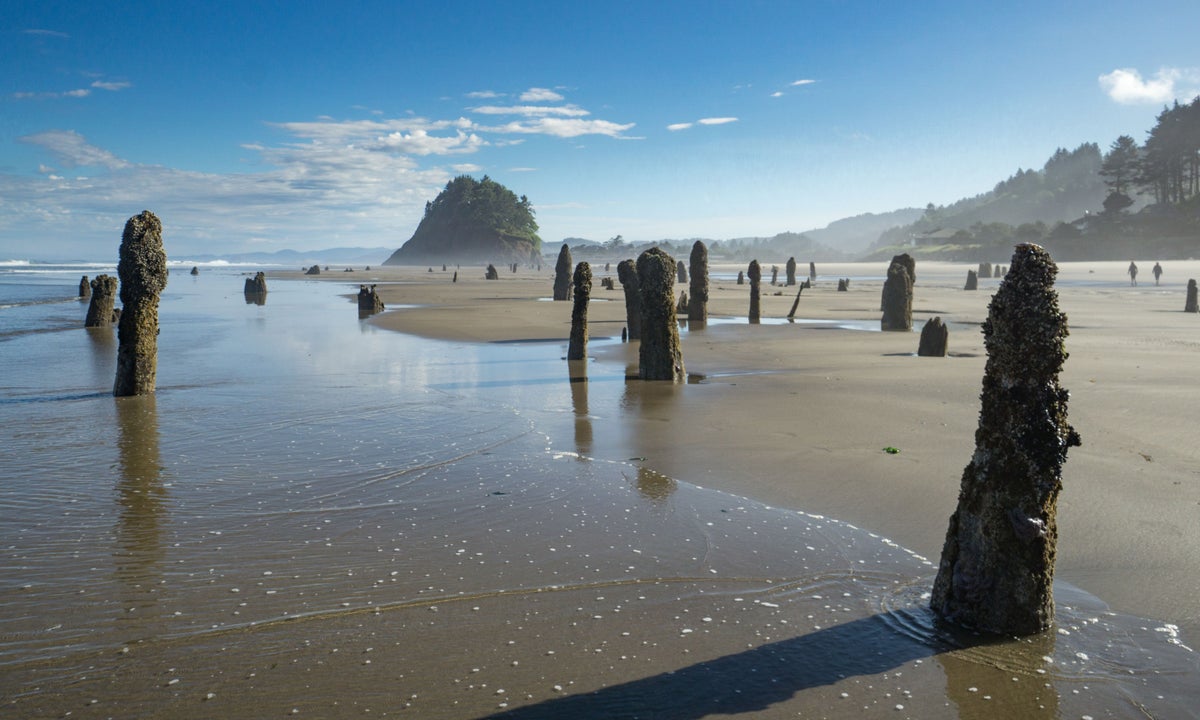Now Reading: Malta’s Next Chapter Unfolds
-
01
Malta’s Next Chapter Unfolds
Malta’s Next Chapter Unfolds

Rapid Summary
- Archaeologist Eleanor Scerri led a study uncovering evidence of Mesolithic hunter-gatherer presence in Malta about 8,500 years ago-1,000 years earlier than previously believed.
- Excavations at the Latnija site in Malta unearthed stone tools, hearths, ash remnants, and bones of wild fauna in ancient sediments not linked to Neolithic farming cultures.
- Evidence suggests these early settlers were European hunter-gatherers surviving post-Ice Age conditions and possibly migrating from nearby Sicily.
- The findings challenge assumptions that small remote islands like Malta were inhospitable to hunter-gatherers due to limited resources and navigation difficulties.
- Tools made by these settlers indicate hunting practices rather than farming activities, differing from later Neolithic settlements that utilized sharper materials like obsidian.
- Researchers suggest the Mediterranean islands acted as stepping stones for human migration during historical periods of environmental change.
Indian Opinion Analysis
The discovery sheds new light on human adaptability during ancient times while also offering insights into migration patterns across regions like the mediterranean. For India-a country with rich archaeological traditions-it underscores how historical narratives can evolve with advancements in technology and methodology used for excavations and analysis. This serves as a reminder for researchers here to continue exploring underexamined sites within India’s vast terrain for untold stories.
Moreover, parallels may be drawn between this study’s findings on climate-driven migrations and similar occurrences documented near the Indian subcontinent after glacial events or monsoon shifts millennia ago. Such studies enhance understanding not only of human movements but also their ecological impacts-a topic highly relevant amid today’s climate challenges affecting both local biodiversity and traditional ways of living across regions globally.
























